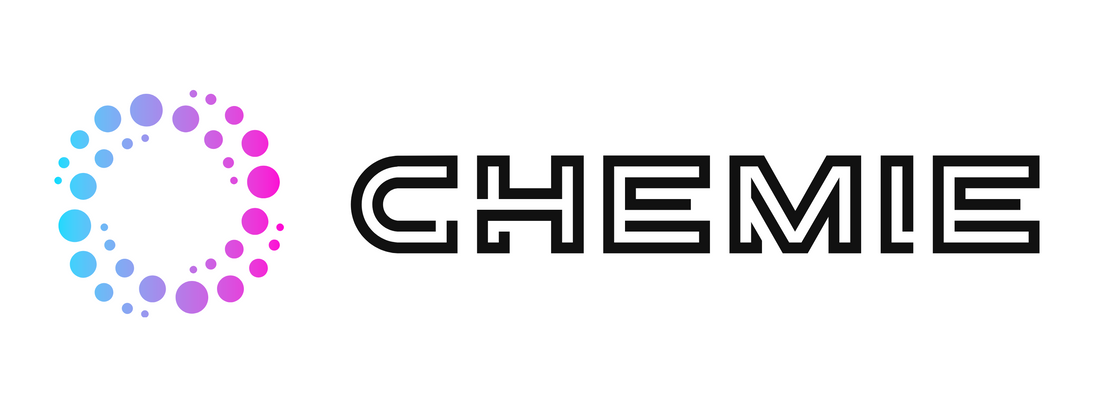10 Simple Techniques For Chemie
10 Simple Techniques For Chemie
Blog Article
The Buzz on Chemie
Table of ContentsThe 6-Minute Rule for ChemieThe 10-Minute Rule for ChemieFacts About Chemie RevealedThe Best Guide To ChemieAll About ChemieEverything about Chemie
By Bojanna Shantheyanda, Sreya Dutta, Kevin Coscia and David SchiemerDynalene, Inc. Fluid air conditioning, which can be attained utilizing indirect or direct means, is made use of in electronics applications having thermal power thickness that might surpass safe dissipation through air cooling. Indirect fluid air conditioning is where warm dissipating electronic components are literally divided from the liquid coolant, whereas in instance of straight cooling, the components remain in direct call with the coolant.Nonetheless, in indirect air conditioning applications the electrical conductivity can be vital if there are leakages and/or spillage of the liquids onto the electronics. In the indirect cooling applications where water based fluids with deterioration inhibitors are typically used, the electric conductivity of the liquid coolant mainly depends upon the ion concentration in the fluid stream.
The rise in the ion concentration in a shut loop liquid stream may occur because of ion leaching from steels and nonmetal components that the coolant liquid is in contact with. Throughout procedure, the electrical conductivity of the liquid might increase to a level which can be unsafe for the air conditioning system.
Indicators on Chemie You Should Know
(https://myanimelist.net/profile/chemie999)They are grain like polymers that can exchanging ions with ions in a remedy that it touches with. In the present job, ion leaching tests were executed with different metals and polymers in both ultrapure deionized (DI) water, i.e. water which is treated to the highest degrees of purity, and reduced electrical conductive ethylene glycol/water combination, with the determined change in conductivity reported gradually.
The examples were allowed to equilibrate at area temperature level for 2 days before recording the preliminary electrical conductivity. In all tests reported in this research fluid electric conductivity was measured to an accuracy of 1% making use of an Oakton CON 510/CON 6 collection meter which was adjusted prior to each dimension.
Chemie for Dummies
from the wall surface heating coils to the center of the furnace. The PTFE sample containers were put in the heater when stable state temperature levels were reached. The examination setup was removed from the heating system every 168 hours (7 days), cooled down to area temperature level with the electric conductivity of the liquid gauged.
The electrical conductivity of the fluid sample was kept an eye on for a total amount of 5000 hours (208 days). Number 2. Schematic of the indirect shut loop cooling experiment set up - therminol & dowtherm alternative. Table 1. Components made use of in the indirect closed loophole cooling down experiment that are in contact with the liquid coolant. A schematic of the speculative arrangement is received Number 2.

Not known Details About Chemie
Throughout procedure the liquid storage tank temperature level was maintained at 34C. The modification in fluid electrical conductivity was kept an eye on for 136 hours. The liquid from the system was accumulated and saved. Closed loop test with ion exchange resin was carried out with the very same cleansing treatments used. The first electric conductivity of the 230ml UP-H2O in the system gauged 1.84 S/cm.

0.1 g of Dowex resin was contributed to 100g of liquid examples that was taken in a separate container. The blend was stirred and change in the electrical conductivity at room temperature level was measured every hour. The determined modification in the electric conductivity of the UP-H2O and EG-LC examination fluids including polymer or steel when involved for 5,000 hours at 80C is revealed Number 3.
What Does Chemie Do?
Ion leaching experiment: Measured change in electrical conductivity of water and EG-LC coolants containing either polymer or steel examples when submersed for 5,000 hours at 80C. The results indicate that metals added less ions into the fluids than plastics in both UP-H2O and EG-LC based coolants.
Liquids containing polypropylene and HDPE showed the cheapest electrical conductivity changes. This might be because of the brief, stiff, straight chains which are less most likely to contribute ions than longer branched chains with weaker intermolecular pressures. Silicone likewise performed well in both examination fluids, as polysiloxanes are usually chemically inert due to the high bond power of the silicon-oxygen bond which would protect against deterioration of the material right into the fluid.
Things about Chemie
It would certainly be expected that PVC would create comparable outcomes to those of PTFE and HDPE based on the similar chemical structures of the products, nonetheless there may be other contaminations present in the PVC, such as plasticizers, that might influence the electric conductivity of the fluid - dielectric coolant. Furthermore, chloride teams in PVC can additionally seep right into the examination liquid and can create an increase in electrical conductivity
Polyurethane entirely degenerated right into the examination fluid by the end of 5000 hour test. Before and after images of steel and polymer examples immersed for 5,000 hours at 80C in the ion leaching experiment.
Measured adjustment in the electric conductivity of UP-H2O coolant as a feature of time with and without resin cartridge in the closed indirect air conditioning loophole experiment. The determined modification in electrical conductivity of the UP-H2O for 136 hours with and without ion exchange material in the loophole is displayed in Figure 5.
Report this page